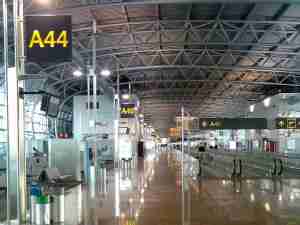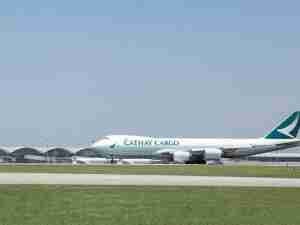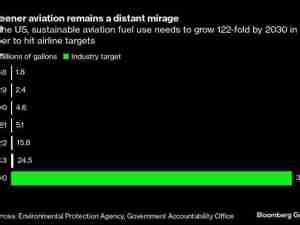Singapore Air profit lags estimate as competition cuts yields
By: | May 12 2016 at 06:47 AM | Air Cargo
Singapore Airlines Ltd., Southeast Asia’s biggest carrier, reported profit that lagged behind analyst estimates as losses from fuel-hedging countered gains from carrying more passengers during the Lunar New Year holiday season.
Net income was S$224.7 million ($164 million) in the fiscal fourth-quarter ended March, compared with S$39.6 million a year earlier, the carrier said in a statement to the Singapore stock exchange after trading hours Thursday. Analysts estimated Singapore Air to report a profit of S$249.2 million. Sales also missed estimates.
Singapore Air and other Asian carriers like Cathay Pacific Airways Ltd. have been hurt by the sudden plunge in crude oil prices that have left them holding hedges made when the commodity was more expensive. Chief Executive Officer Goh Choon Phong, 52, has ordered more than $10 billion of new aircraft as he faces competition from AirAsia Bhd. for coach-class passengers and from Emirates Airline and Etihad Airways PJSC for premium travelers.
“The Group is contending with a challenging operating environment in key markets, caused in part by weak economic activity and relatively rapid growth in capacity, evidenced by increasing promotional fare activity,” Singapore Air said in the statement.
Booking in the current quarter “are tracking positively against seat capacity,” the carrier added.
Sales in the fourth quarter were S$3.71 billion, lagging behind the S$3.97 billion analyst estimate.
Oil prices that have more than halved in the past two years have helped reduce costs for most airlines, which count spending on fuel as their single-biggest expense. Brent crude traded at $47.87 a barrel Thursday, compared with $116.61 in August 2013.
Singapore Air shares fell 0.2 percent to close at S$11.63 before the earnings announcement in Singapore. The stock has gained 3.8 percent this year, compared with a 4.8 percent decline in the benchmark Straits Times Index.
Singapore Air has sacrificed yields, a measure of average fares paid by customers, to fill more seats amid competition from Middle Eastern carriers, according to Malayan Banking Bhd. analyst Mohshin Aziz. The carrier had no choice but to discount “heavily” to counter rivals’ fare cuts, he said.
Yields, or the revenue earned from a passenger for flying a kilometer, was 10.6 Singapore cents in the fourth quarter, dropping from 11.4 cents a year earlier.
The parent airline carried 4.65 million passengers in the quarter, 2.9 percent more than 4.45 million a year earlier. It filled 78.5 percent of seats in the three-month period, compared with 76.1 percent a year ago.
Singapore Air has been looking to build alliances abroad as part of a multi-hub strategy. It partnered with India’s Tata Group to start Vistara in January 2015 and owns about 23 percent of Virgin Australia Holdings Ltd. The company’s Scoot unit also teamed up with Nok Airlines Pcl of Thailand to set up NokScoot.
Singapore Air started flying its two Airbus Group SE 253-seat A350 aircraft to Amsterdam from May 9. The carrier will receive the ultra-long-range version of the plane in 2018 for services to New York, which will become the world’s longest non-stop flight.
Singapore Air—the only Asian carrier to fly the Concorde and the first in the world to fly the A380 superjumbo—needs new passengers to stem a slide in earnings. Operating peaked eight years ago and sales reached a high in the year ended March 2009 as the global financial crisis crimped premium travel. The carrier is counting on cabin comforts to lure higher-end passengers used to its fully flat beds as well as more price-conscious customers.










